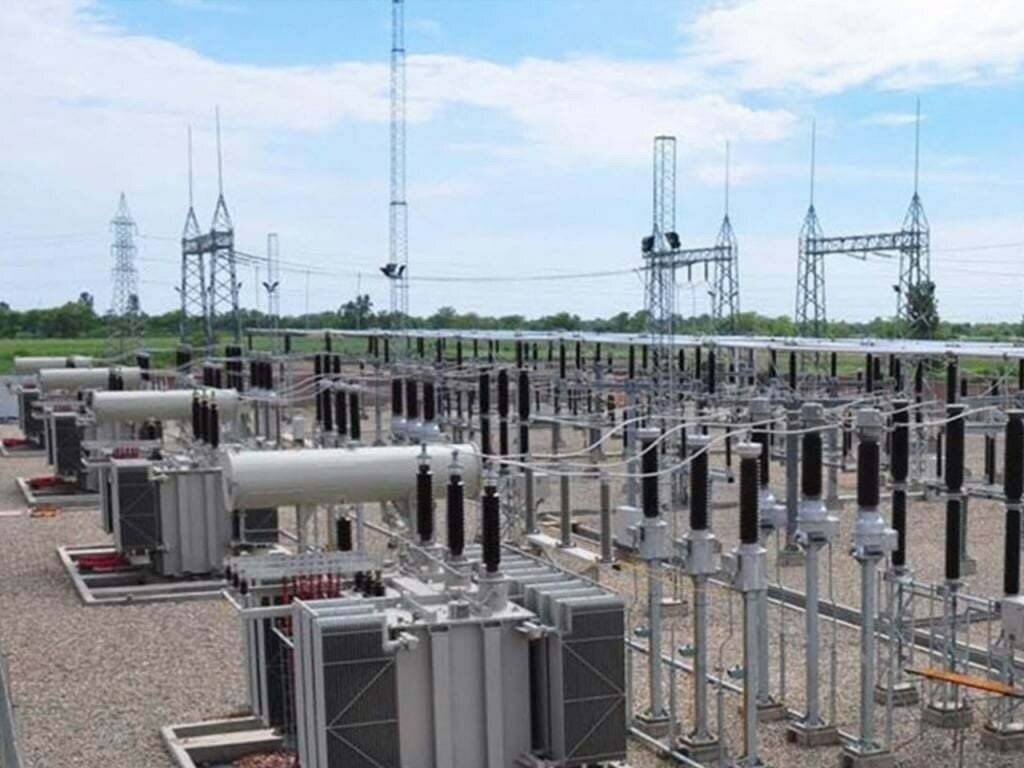Israel utilized its multi-layered defense shield to thwart Iran’s extensive drone and missile assault on Israeli territory. This defense array includes the short-range Iron Dome and the long-range Arrow-2 and Arrow-3 missile systems. Israel has been refining its air defense capabilities since facing Iraqi Scud missile attacks during the 1991 Gulf War.
The Arrow system, which is comprised of Arrow-2 and Arrow-3, was developed with the aim of countering the Iranian missile threat. These systems intercept ballistic missiles outside the Earth’s atmosphere, employing a detachable warhead to collide with the target. The project’s primary contractor is Israel Aerospace Industries, with Boeing contributing to interceptor production. Notably, Israel employed the Arrow system for the first time during the recent conflict with Hamas to intercept a surface-to-surface missile aimed at its territory.
David’s Sling, a mid-range system, is engineered to intercept ballistic missiles launched from distances ranging from 100 km to 200 km. Developed jointly by Israel’s Rafael Advanced Defense Systems and the U.S. Raytheon Co., David’s Sling also targets aircraft, drones, and cruise missiles.

Israel’s Iron Dome and Arrow Missile Defenses Explained (Credits: FOX 10 Phoenix)
Iron Dome, designed to intercept rockets like those fired by Hamas from Gaza, operates on a short-range defense mechanism. Developed by Rafael Advanced Defense Systems with U.S. assistance, Iron Dome became operational in 2011. It employs radar-guided missiles to intercept short-range threats in mid-air, including rockets, mortars, and drones. Israel has supplied two Iron Dome batteries to the U.S. Army, and Ukraine seeks its assistance in its conflict with Russia.
Israel has deployed a naval version of the Iron Dome to safeguard ships and sea-based assets since 2017. The system rapidly assesses whether an incoming rocket poses a threat to populated areas and, if not, allows it to land harmlessly. Originally designed to cover city-sized areas against rockets with ranges of 4 to 70 km, Iron Dome’s coverage has expanded over time.
Israel is developing a laser-based interception system to counter enemy rockets and drones at a significantly lower cost compared to traditional interception methods. Estimated at just $2 per interception, this system aims to enhance Israel’s defense capabilities while optimizing cost-efficiency.























